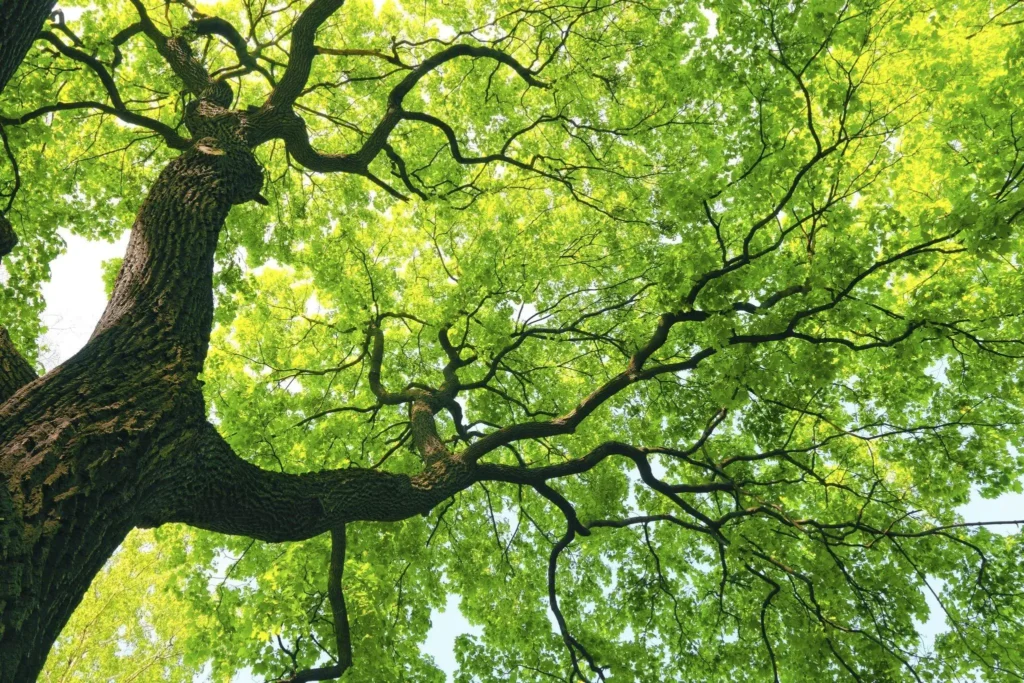Building Responsibly: Mitigating Impact on Tree Health
As urban areas continue to expand, construction and development projects are on the rise. While these endeavors bring progress and economic growth, they can also have a significant impact on the health and well-being of our trees.
Trees play a vital role in our environment, providing shade, improving air quality, and supporting biodiversity. To ensure the preservation and protection of our tree population, it is essential to build responsibly and mitigate the impact on tree health.

Understanding the Impact of Construction on Trees
Construction activities can have a range of negative effects on trees. The process of excavation and grading can damage a tree’s root system, which is essential for its stability and nutrient uptake.
Additionally, the use of heavy machinery, such as cranes and bulldozers, can cause physical damage to trees, leading to structural instability and increased vulnerability to pests and diseases.
Furthermore, the compaction of soil during construction can limit oxygen flow to the roots, hindering their ability to absorb nutrients and water.
Best Practices for Mitigating Impact
To minimize the adverse effects of construction on tree health, developers, contractors, and homeowners must adopt responsible practices. Here are some guidelines to consider:
1. Conduct Pre-Construction Tree Surveys
Before commencing any construction activities, it is crucial to conduct a thorough survey of the site to identify existing trees and their conditions. Engaging the services of a certified arborist can help assess the health and value of the trees. This evaluation will assist in determining the best course of action to minimize impact and protect valuable trees.
2. Implement Protective Measures
Protective measures should be put in place to safeguard trees during the construction process. These may include the installation of tree protection fences around the root zone to prevent machinery and materials from damaging the trees. Signs indicating restricted access should also be posted to ensure compliance.
3. Designate Tree Preservation Zones
Creating designated tree preservation zones within the construction site can help minimize damage and provide space for the trees’ root systems to thrive. These areas should be identified early in the planning process, and strict guidelines should be in place to prevent any encroachment or disturbance.
4. Implement Root Protection Measures
Root systems are critical for a tree’s health and stability. Implementing root protection measures, such as constructing raised platforms or using specialized materials to distribute weight away from the roots, can help mitigate potential damage during construction activities.
5. Minimize Soil Compaction
Soil compaction can have detrimental effects on tree health. Implementing practices to minimize soil compaction, such as using lighter equipment and limiting vehicle traffic in tree root zones, can help ensure proper oxygen and nutrient flow to the roots.
6. Monitor Tree Health Post-Construction
Once construction is complete, it is essential to monitor the health of the trees affected by the project. Regular inspections and maintenance, such as pruning and fertilization, should be conducted to address any issues that may have arisen during the construction process.
Collaboration for Tree Conservation
In regions like Sandy, employing the services of a local certified arborist is particularly beneficial. Arborists in Sandy are versed in the specific challenges and conditions of the area, allowing them to provide accurate assessments and effective solutions for tree preservation.
They can guide the implementation of protective measures and monitor the health of the trees post-construction. Their extensive knowledge of local tree species, pests, diseases, and environmental conditions can greatly contribute to the success of tree conservation efforts during and after construction.
Benefits of Building Responsibly
Building responsibly not only protects and preserves trees but also offers several other benefits:
1. Environmental Sustainability
Preserving trees through responsible construction practices contributes to overall environmental sustainability. Trees provide numerous ecological benefits, including carbon sequestration, oxygen production, and improved air quality. By protecting them, we reduce the environmental footprint of our construction projects.
2. Aesthetics and Quality of Life
Trees enhance the visual appeal of our surroundings and contribute to a better quality of life. Building responsibly ensures the retention of mature trees, creating a more aesthetically pleasing environment for residents and visitors.
3. Economic Value
Trees add economic value to properties and communities. Mature trees can increase property values and attract commercial activity. By preserving existing trees, developers can enhance the long-term economic viability of their projects.
Building responsibly is not just about meeting planning regulations; it is about taking responsibility for the impact we have on our natural environment. By implementing protective measures, designating preservation zones, and minimizing soil compaction, we can mitigate the adverse effects of construction on tree health.
Collaboration between stakeholders is key to ensuring the preservation of trees as we continue to build and develop our urban areas. By building responsibly, we can create sustainable, green spaces that benefit both humans and nature.






